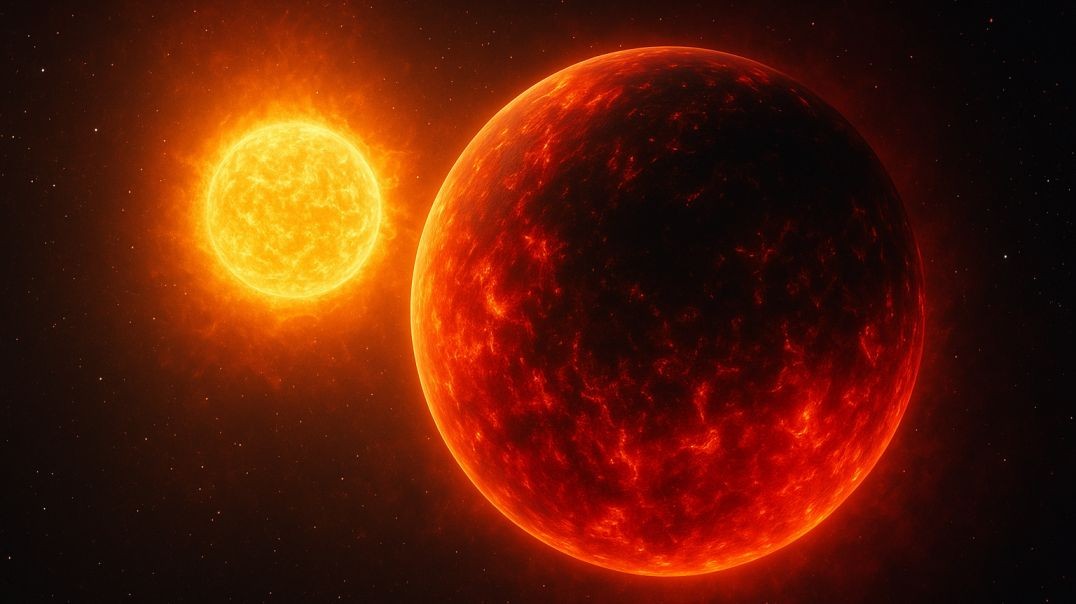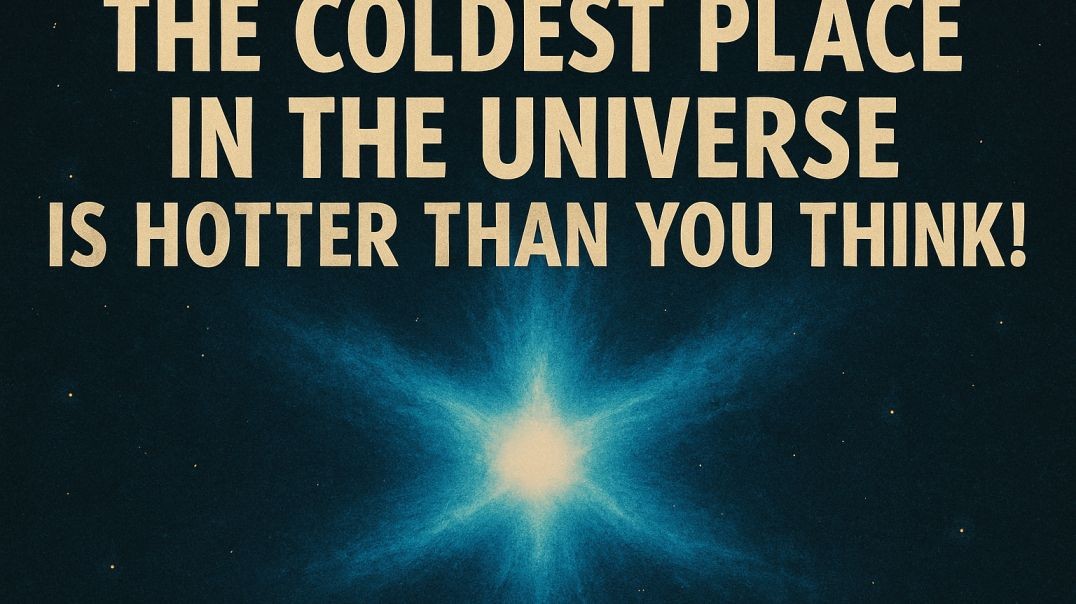Najbolji videi
The Signal That Bent Around the Universe Before Reaching Us
"Violent Space" is a captivating video that delves into the awe-inspiring and tumultuous phenomena occurring across the cosmos. This visually stunning exploration offers viewers a front-row seat to the universe's most dynamic and violent events, from the explosive deaths of stars to the chaotic collisions of galaxies. As the video begins, viewers are taken on a journey to witness supernovae — the spectacular explosions that mark the death of stars. These cosmic fireworks are not only beautiful to watch but also crucial to the spread of elements across the universe. The footage includes high-definition animations that illustrate how these explosions contribute to the creation of new stars and planets. The narrative then shifts to the violent gravitational ballet of galaxies colliding. These massive events, which can span hundreds of millions of years, are depicted through a combination of real telescope images and detailed computer simulations. The video explains the stages of galactic collisions, highlighting the formation of stunning galactic mergers and the birth of new star systems within them. One of the most gripping segments focuses on the mysterious and powerful black holes. "Violent Space" uses cutting-edge visual effects to show how these gravitational behemoths warp space and time, drawing in surrounding matter with irresistible force. The video also discusses recent discoveries about black holes, including their role in emitting powerful jets of energy that can impact entire galaxies. In addition to these cosmic phenomena, the video covers the tumultuous environments of planetary nebulas and star-forming regions. Viewers will learn about the lifecycle of stars and the violent processes involved in their birth and death, enhanced by expert commentary from leading astronomers and astrophysicists. "Violent Space" not only educates but also mesmerizes, using a powerful soundtrack and expertly crafted visual effects to enhance the dramatic and violent nature of the universe. This video is perfect for anyone fascinated by astronomy, space science, and the natural wonders of the universe.
The Coldest Place in the Universe Is Hotter Than You Think! In the deep reaches of space, far colder than anything on Earth, lies the Boomerang Nebula — the coldest known place in the universe. Its temperature drops to just one degree above absolute zero, colder than even the faint background radiation left over from the Big Bang.
Follow : https://studio.youtube.com/cha....nnel/UCnDJqQ6Yxwnzhj



